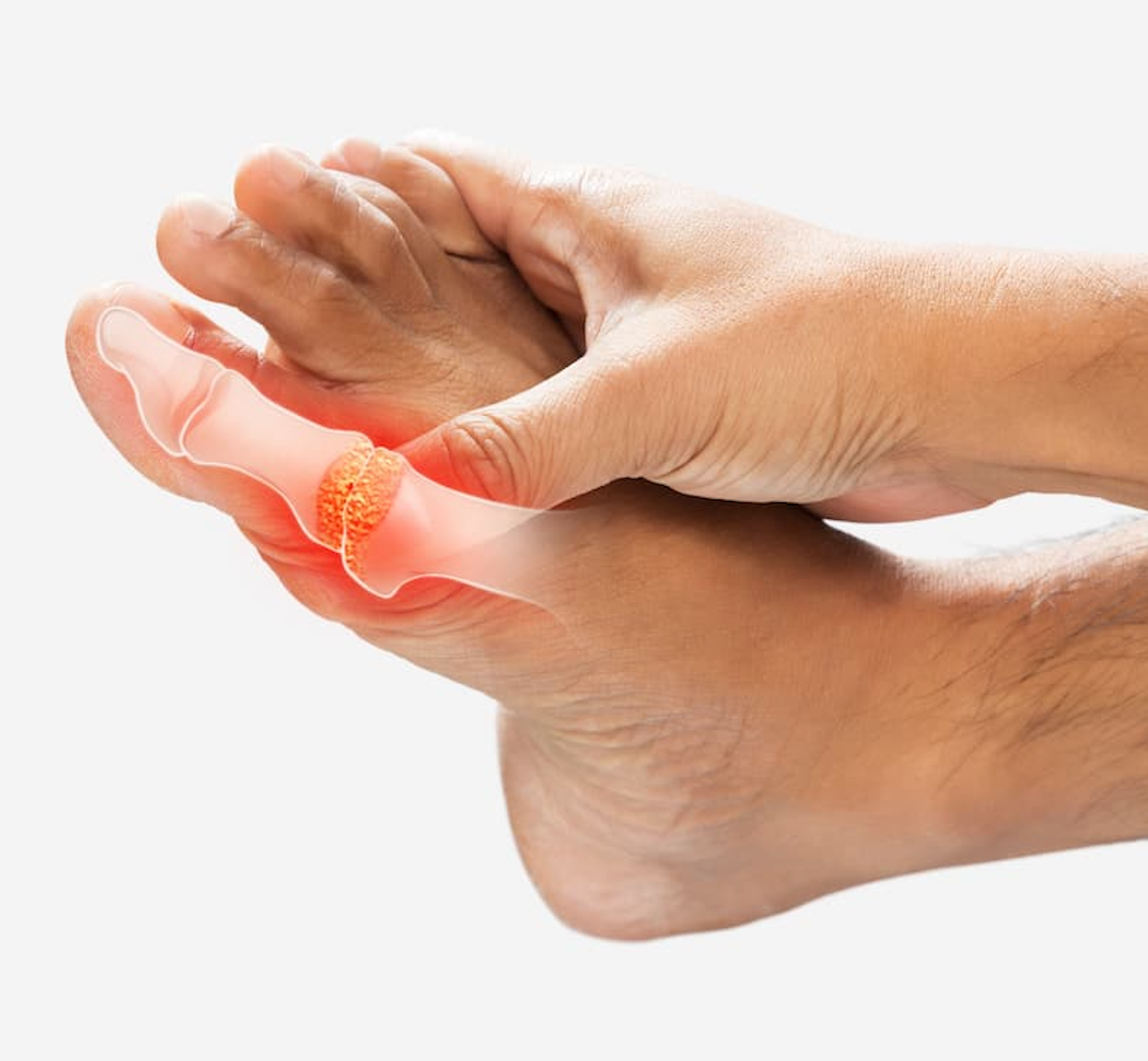News
Article
Patients with Gout Have Greater Risk of Benign Prostatic Hyperplasia
Author(s):
Benign prostatic hyperplasia was 1.13-fold higher in those with gout when compared with controls.
Credit: Adobe Stock/eddows

Patients with gout had a greater risk of benign prostatic hyperplasia (BPH) compared with those without gout, particularly in young adults, according to a study published in Diagnostics.1
Gout, one of the most common types of inflammatory arthritis, has a prevalence of 5.9% in men and 2.0% in women in the United States, and an overall 1.95% rate in Korea (95% confidence intervals [CIs] = 1.93 — 1.95) per 1000 people, with an incidence of gout estimated as approximately 7.85 (7.55 — 7.50).2
“Because gout also involves the perturbation of metabolism, which results in the deposition of urate crystals and inflammation, patients with gout may be more vulnerable to the development of BPH,” a group of Korean investigators explained. “Indeed, a previous cohort study reported a 1.3 times greater risk of BPH in patients with gout. In particular, a young male population aged >60 years demonstrated a high risk of BPH among gout patients but not in a population older than 60 years. Moreover, an association between uric acid levels and the risk of BPH has been suggested.”
As previous research has demonstrated a higher risk of BPH in this patient population, investigators evaluated the risk of BPH using 514,866 patients from the Korean National Health Insurance Service-Health Screening Cohorts between 2002 and 2019. A total of 14,961 patients with gout and 58,764 matched controls based on demographics were analyzed in the study, with the incidence of BPH during the follow-up period collected among both groups. BPH risk was evaluated using stratified Cox proportional hazard models and hazard ratio (HRs) and 95% confidence intervals (CIs) were calculated. The secondary analyses were performed based on factors such as demographics and comorbidities.
The incidence of BPH was 23.40% in patients with gout compared with 20.70% of the control cohort. After adjustments, the HR of BPH was 1.13-fold higher in those with gout when compared with controls (95% CI = 1.09 — 1.18). In those <60 years, a higher HR for BPH was reported compared with those in the ≥60 years group (1.19 [1.13 — 1.24] vs 1.07 [1.01 — 1.13]).
Investigators noted limitations including a potential bias and uncertainty, as well as missing data from hidden patients who did not visit the clinics. Further, heterogeneity was observed in the types and severity of gout. They mentioned previous studies demonstrating patients with gouty nephropathy had a high risk of BPH; therefore, the differentiation of gout types help to can better understand the link between gout and BPH in future research. In addition, the treatment history and severity of BPH were also varied among the participants.
Investigators underscored the influence medication history can have on the relationship between gout and BPH. Generalizability related to population, ethnic, or regional differences may play a role in the association between both conditions. Future research focused on understanding the different types of gout and their relationship with BPH regarding the effects of medication on this relationship as well as investigating regional or ethnic variations are warranted.
“The elevated risk of BPH in gout patients was independent of lifestyle factors and comorbid conditions,” investigators concluded. “Clinicians may need to consider the potentially increased risk of BPH when managing patients with gout and the need for early monitoring or intervention.”
References
- Bang WJ, Choi HG, Kang HS, et al. Increased Risk of Benign Prostate Hyperplasia (BPH) in Patients with Gout: A Longitudinal Follow-Up Study Using a National Health Screening Cohort. Diagnostics (Basel). 2023;14(1):55. Published 2023 Dec 26. doi:10.3390/diagnostics14010055
- Dalbeth, N.; Merriman, T.R.; Stamp, L.K. Gout. Lancet 2016, 388, 2039–2052.




